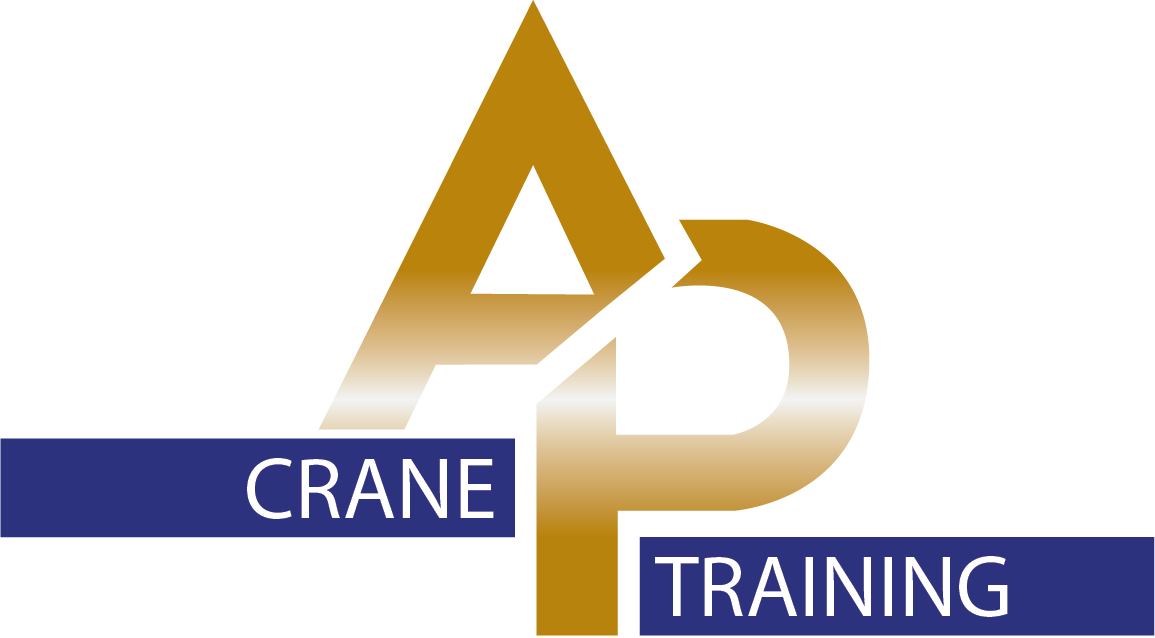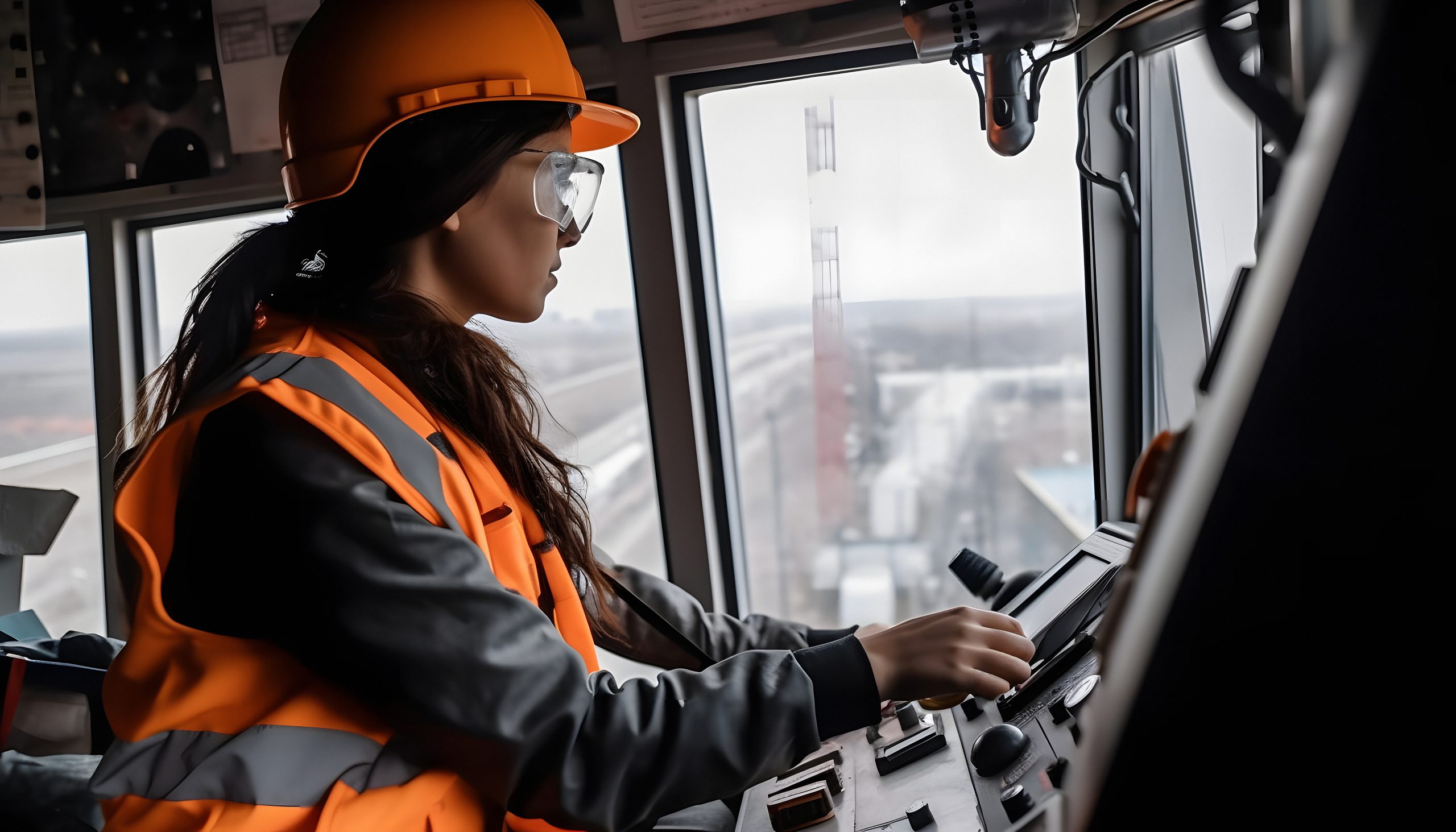Introduction
Crane operators, the unsung heroes behind towering structures and heavy loads, play a crucial role in various industries. Ensuring their comfort and efficiency is not just a matter of luxury but a strategic investment in operational success. In this article, we delve into the world of ergonomic crane cab design, exploring how it transforms the operator experience and contributes to heightened efficiency.

The term ‘ergonomics’ refers to the science of designing work environments that optimize human well-being and performance. When applied to crane cabs, ergonomic design focuses on creating a workspace that minimizes operator fatigue, maximizes efficiency, and promotes overall comfort.
Significance of Operator Comfort and Efficiency
Understanding the profound impact of operator well-being on productivity highlights the importance of ergonomic crane cab design. Beyond the traditional emphasis on machinery capabilities, attention to the human element proves to be a game-changer in the industry.
Evolution of Crane Cab Design
Historical Overview
The evolution of crane cab design has witnessed a journey from basic functionality to a nuanced understanding of human factors. Early crane cabs prioritized functionality, often neglecting the operator’s comfort. However, technological advancements in recent decades have reshaped this landscape.
Technological Advancements in Crane Cabs
The integration of cutting-edge technologies, such as advanced materials, ergonomic seating, and smart control panels, has redefined the possibilities in crane cab design. Modern cabs are a far cry from their predecessors, offering a blend of comfort and technological sophistication.
Key Elements of Ergonomic Crane Cab Design
Seating Arrangements and Adjustability
The heart of ergonomic design lies in the operator’s seat. Adjustable seating arrangements cater to diverse operator preferences, ensuring a comfortable posture throughout long hours of operation.
Control Panel Accessibility
Efficient crane operation demands seamless interaction with the control panel. Ergonomic designs prioritize the accessibility and intuitiveness of controls, reducing the risk of errors and enhancing overall responsiveness.
Visibility Enhancement Features
Optimal visibility is a non-negotiable aspect of crane operation. Ergonomic designs incorporate features like panoramic windows and strategically positioned cameras, providing operators with enhanced visibility and control.
Impact on Operator Productivity
Reduced Fatigue
One of the immediate benefits of ergonomic crane cab design is the significant reduction in operator fatigue. By addressing ergonomic concerns, operators experience less physical strain, leading to sustained focus and energy.
Enhanced Focus and Alertness
Comfortable and well-designed crane cabs contribute to heightened operator alertness. With reduced distractions and improved environmental conditions, operators can maintain a high level of concentration, crucial for precision tasks.
Increased Operational Efficiency
he ripple effect of prioritizing operator well-being extends to operational efficiency. Ergonomically designed crane cabs create an environment conducive to smooth, error-free operations, ultimately boosting overall productivity.
Industry Applications
Construction Sector
In the construction industry, where precision and safety are paramount, ergonomic crane cabs offer a competitive edge. Operators can navigate complex construction sites with ease, contributing to project timelines and safety protocols.
Manufacturing Environments
Efficiency is the cornerstone of manufacturing operations. Ergonomic crane cabs in manufacturing environments ensure that operators can handle intricate tasks with precision, minimizing errors and optimizing production processes.
Port and Logistics Operations
In the fast-paced world of port and logistics, time is money. Ergonomic designs in crane cabs enable operators to efficiently manage cargo, streamline logistics, and contribute to the smooth flow of goods.
Challenges in Implementing Ergonomic Crane Cabs
Cost Considerations
While the benefits are evident, the initial investment in ergonomic crane cabs can pose a challenge. Manufacturers and businesses need to weigh the long-term gains against the upfront costs, often requiring a shift in perspective.
Retrofitting Existing Equipment
Upgrading existing crane fleets with ergonomic features presents logistical challenges. However, retrofitting efforts demonstrate a commitment to operator well-being and can be a strategic move in enhancing overall fleet performance.
Operator Training
Introducing ergonomic crane cabs necessitates comprehensive training programs for operators. Familiarity with new features and functionalities is crucial to maximizing the advantages of ergonomic designs.
Case Studies
Successful Implementations
Real-world success stories highlight the transformative power of ergonomic crane cab design. Case studies from different industries underscore the positive outcomes and return on investment experienced by businesses that prioritize operator comfort.
Real-world Performance Improvements
Quantifiable performance improvements, such as reduced downtime, increased task completion rates, and enhanced safety records, substantiate the value of ergonomic crane cabs in diverse operational settings.
Future Trends in Crane Cab Design
Integration of AI and Automation
The future of crane cab design lies in the seamless integration of artificial intelligence and automation. Smart cabs that adapt to operator preferences and automate repetitive tasks represent the next frontier in ergonomic innovation.
Sustainability Considerations
Ergonomic design is not limited to operator well-being; it extends to environmental sustainability. Manufacturers are exploring materials and technologies that align with eco-friendly practices without compromising on performance.
Continuous Innovation
The pursuit of excellence in ergonomic crane cab design is an ongoing journey. Continuous innovation in materials, technology, and user interface design ensures that the industry stays at the forefront of creating optimal operator experiences.
Manufacturer Perspectives
Leading Companies in Ergonomic Crane Cab Design
Acknowledging the frontrunners in ergonomic crane cab design provides insights into industry standards. Companies that prioritize research, development, and customer feedback lead the way in shaping the future of crane operation.
Customer Feedback and Satisfaction
Understanding the impact of ergonomic designs requires listening to the end-users. Customer feedback and satisfaction surveys offer valuable insights into the practical implications of crane cab design on operator well-being and performance.
Regulatory Standards and Compliance
OSHA Guidelines
The Occupational Safety and Health Administration (OSHA) sets guidelines to ensure the safety of crane operations. Ergonomic considerations align with OSHA’s mission to prioritize the well-being of workers in various industries.
International Standards for Crane Cab Design
Beyond national regulations, international standards contribute to a unified approach to crane cab design. Harmonizing ergonomic guidelines ensures consistency and sets a global benchmark for operator safety and efficiency.
Interview with Industry Experts
Insights from Ergonomics Specialists
Experts in ergonomics share their insights on the nuances of crane cab design. Their perspectives shed light on the intersection of human factors and technological advancements, guiding the industry toward best practices.
Operator Testimonials
Direct feedback from crane operators provides a boots-on-the-ground perspective. Operator testimonials offer a candid look into the real-world impact of ergonomic crane cabs on their daily experiences and job satisfaction.
Comparative Analysis
Traditional vs. Ergonomic Crane Cabs
A comparative analysis contrasts traditional crane cabs with their ergonomic counterparts. Examining factors like operator satisfaction, productivity metrics, and safety records paints a comprehensive picture of the benefits of ergonomic design.
Cost-Benefit Analysis
Business decisions hinge on cost-effectiveness. A thorough cost-benefit analysis explores the long-term advantages of investing in ergonomic crane cabs, weighing them against the initial expenses and potential operational improvements.
Addressing Common Misconceptions
Debunking Myths about Ergonomic Design
Misconceptions about ergonomic crane cab design may hinder its adoption. Addressing common myths provides clarity on the tangible benefits, dispelling any doubts and fostering informed decision-making.
Clarifying Operator Concerns
Operators may have reservations or concerns about transitioning to ergonomic crane cabs. Clear communication and addressing operator concerns play a pivotal role in facilitating a smooth transition and garnering support for the new design.
Future Outlook and Predictions
Market Growth and Demand
The trajectory of ergonomic crane cab design points toward sustained growth. As industries recognize the undeniable impact on operator well-being and operational efficiency, the demand for ergonomic solutions is poised to rise.
Emerging Technologies in Crane Cab Design
Technological advancements never cease. The future promises even more sophisticated technologies, from augmented reality interfaces to advanced predictive maintenance systems, further elevating the capabilities of ergonomic crane cabs.
Summing up the exploration of ergonomic crane cab design underscores its transformative impact on operator comfort and efficiency. As industries evolve, recognizing the symbiotic relationship between machinery and operator well-being is crucial for sustained success.
FAQs
- Are ergonomic crane cabs only beneficial for large-scale operations?
- Ergonomic crane cabs offer benefits across scales, enhancing operator efficiency in both large-scale and smaller operations.
- How do manufacturers ensure compliance with international standards in crane cab design?
- Leading manufacturers prioritize compliance by aligning their designs with international standards and collaborating with regulatory bodies.
- Can retrofitting existing crane fleets with ergonomic features be cost-effective?
- While initial costs may be a consideration, retrofitting can prove cost-effective in the long run, improving overall fleet performance.
- Do ergonomic crane cabs contribute to sustainability goals in the industry?
- Yes, ergonomic design often incorporates sustainable materials and practices, aligning with broader industry goals for environmental responsibility.
- Are there specific training programs for operators transitioning to ergonomic crane cabs?
- Yes, comprehensive training programs are essential to familiarize operators with new features and ensure optimal utilization of ergonomic designs.

